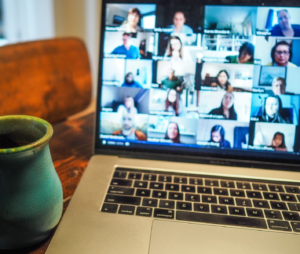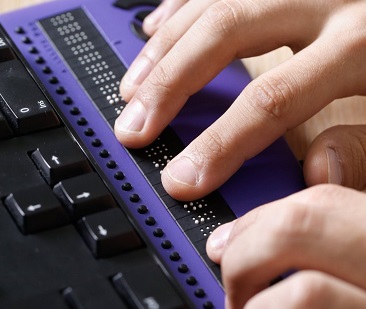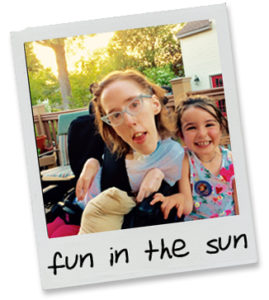Accessible Airlines: Maybe Never Felt So Good
by Ben Trockman
 This post is a reaction to a Disability Scoop article about wheelchair accessibility and air travel.
This post is a reaction to a Disability Scoop article about wheelchair accessibility and air travel.
While a headline of “maybe” might not sound super exciting – it’s far better than a “no.”
Person by person, conversation by conversation, email by email – accessible airlines are coming.
10 years ago, after crafting a blog post with the passion and plan to make airlines more accessible for wheelchair users, and wielding a petition with thousands of signatures, my family and I took the 726-mile drive to Washington DC to meet with elected officials and the Department of Transportation (DOT).
With a wickedly connected Legislative Affairs Assistant from Easterseals – an organization I’ve become deeply acquainted with after serving as a Easterseals National Representative in 2012 – we had high hopes for our meetings. I was out to change the world of airline travel for thousands.
While I had a life-changing experience traversing the Capital, navigating our countries most historic office buildings, making my way up and down 110-year-old elevators, waiting anxiously outside those elected officials’ offices, and – the highlight of a lifetime – meeting the architect of the Americans with Disabilities Act, Tom Harkin – to say I left “the Hill” disappointed was an understatement.
I don’t get worked up often, but I distinctly recall having to hold back harsh words of frustration, while an official at the DOT – on speakerphone, mind you – told me all the reasons why a wheelchair on an airplane wouldn’t work. Money. Regulations. Excuses. All while her colleagues in the room looked at me with despair, realizing my sharply rising blood pressure after traveling halfway across the country for this meeting.
In 2012, it was clear to me that accessible airlines weren’t a priority. I got a “no.”
Luckily, there are fellow fighters and advocates out there. My friend, Michele Erwin, and crew at All Wheels Up (AWU) – the only organization in the world crash testing wheelchairs for commercial flights – and a boatload of advocates, who share the same passions I had while staring those DOT officials in the eyes – have accessible airlines a top priority and have pounded the pavement since I was in DC.
There has been a lot of progress. Wheelchair crash testing. More and more meetings with elected officials and airline representatives. There have been studies commissioned at multiple universities – and, with each of these examples – I’m just speaking about the work done by All Wheels Up!
Yes, I buried the lead with this story, but after 10 years of work, and now under the leadership of a fellow Hoosier at the Department of Transportation, and years of advocacy efforts – we are making progress! A hard “no” is now a “maybe,” and while it could be a few years for implementation, the very fact that Secretary Buttigieg is making statements using the terms “wheelchair users on airplanes” makes me teary-eyed with excitement.
While I certainly wasn’t the first to bring up the concept of a wheelchair spot on the airlines, and I only carried the torch for short amount of time, it is nonetheless exhilarating to read a “maybe” in the headlines.
“Maybe” someday I’ll fly to DC to advocate for another worthy cause. Maybe someday I’ll fly to LA to meet with my coworkers. Maybe, someday I’ll finally make my lifelong bucket list trip to Australia.











